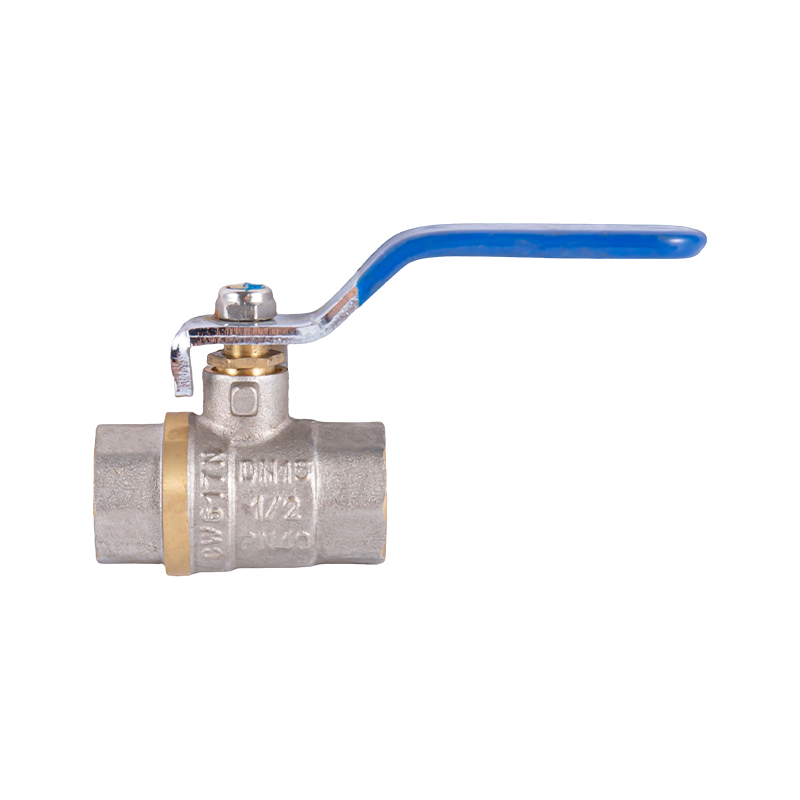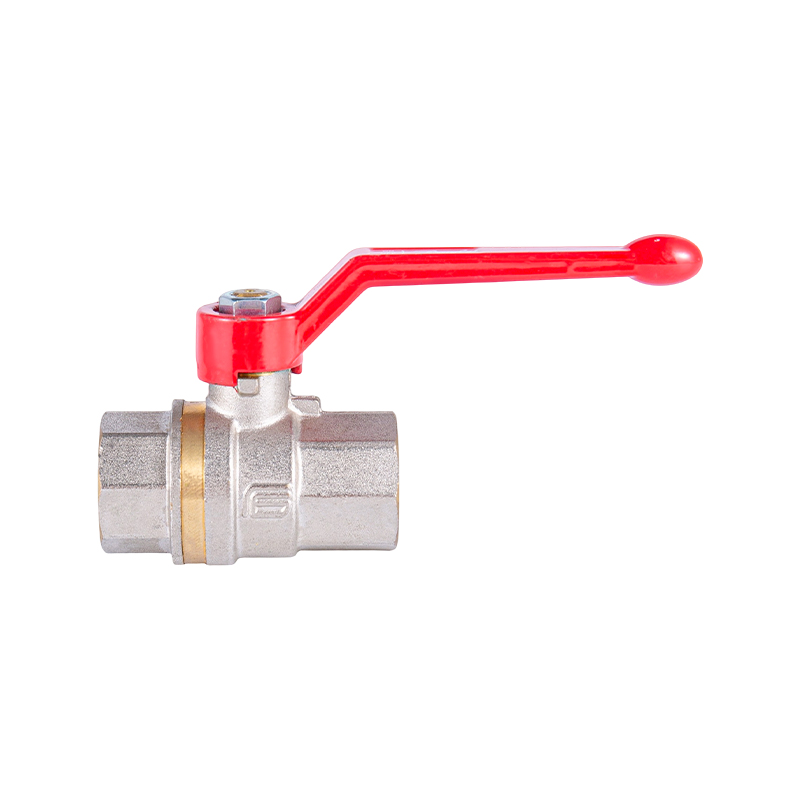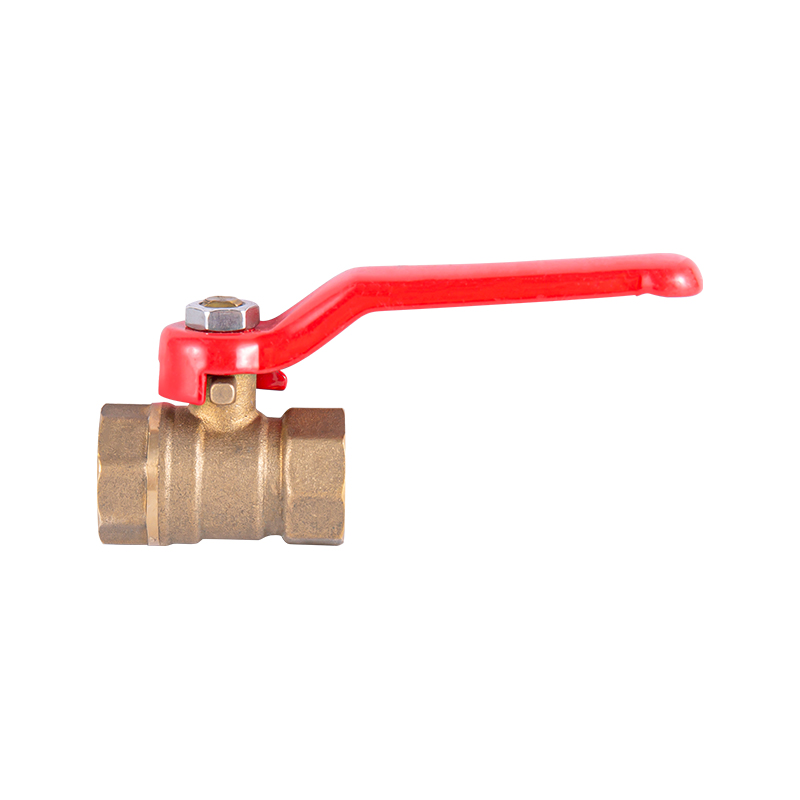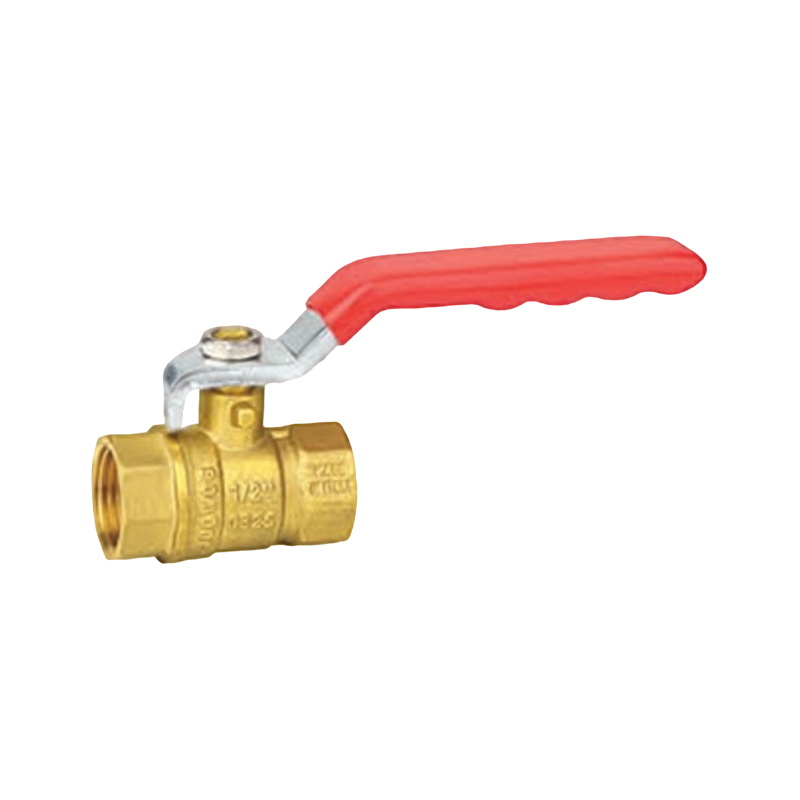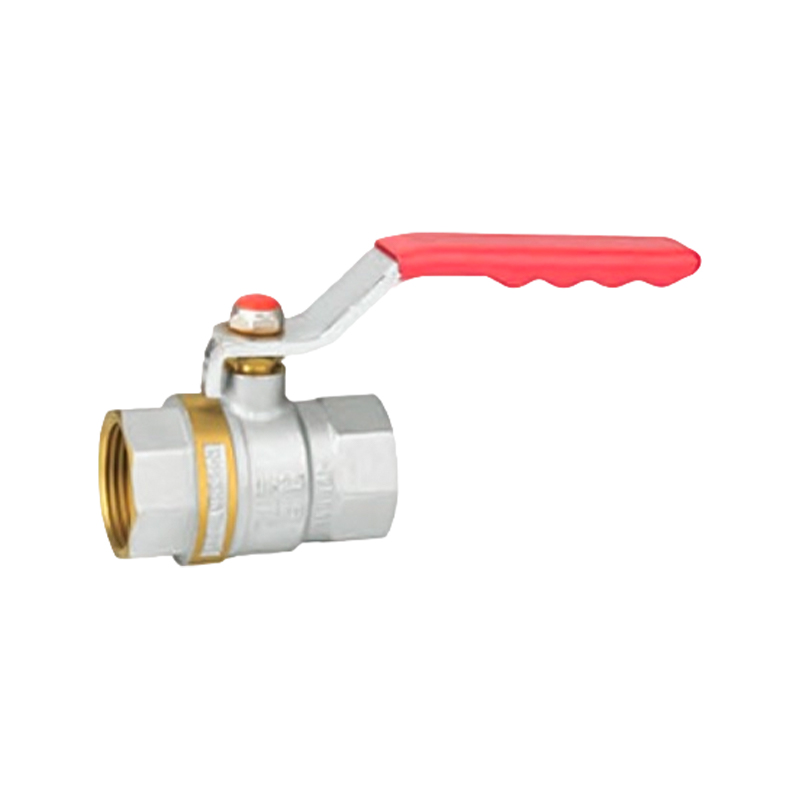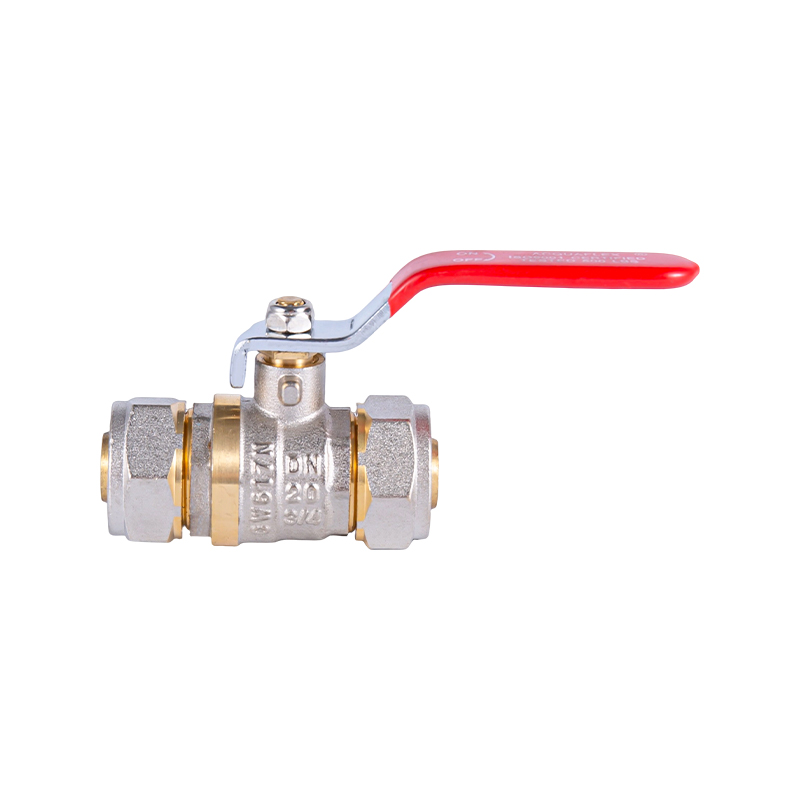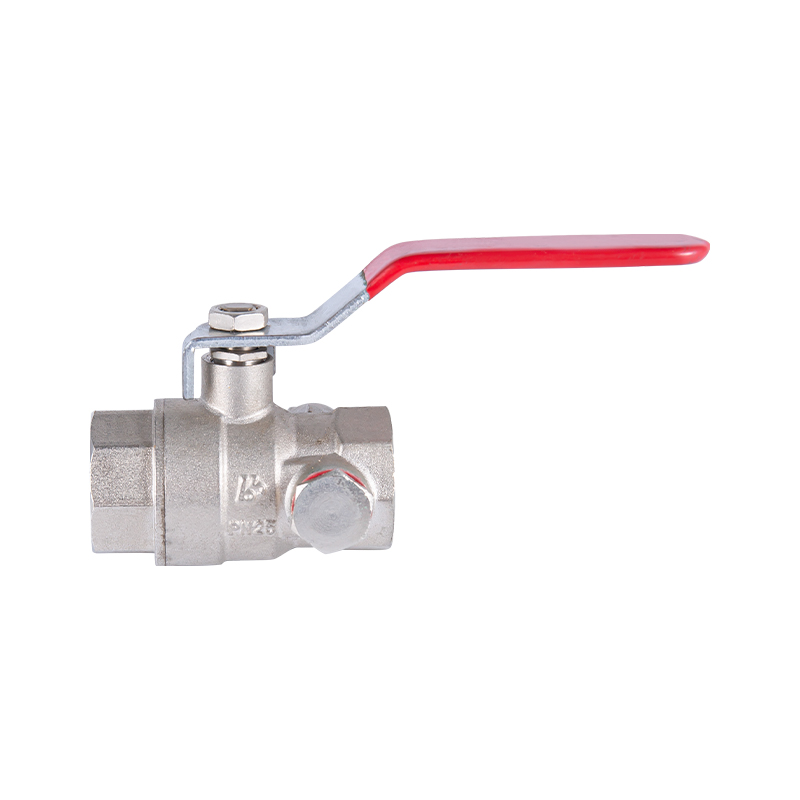How to Select the Right Size and Material for Ball Valves?
Ball valves play a pivotal role in various piping systems, renowned for their dependable flow control and user-friendly operation. Whether it's a residential plumbing job, an industrial setup, or an HVAC system, selecting the appropriate ball valves is vital for ensuring ideal performance and durability. The choice of size and material for these valves hinges on numerous factors, including system demands, fluid properties, and environmental conditions. This article aims to provide you with critical insights to assist in making a well-informed decision when choosing ball valves.
The selection of the correct ball valve size is crucial for maintaining efficient flow and pressure management. An improperly sized valve can result in inefficiencies such as pressure drops, flow limitations, or increased wear and tear.
The initial step in choosing ball valves is to determine the pipe diameter at the installation site. While valve size typically aligns with pipe size, there are instances where a slightly larger or smaller valve may be more suitable for managing flow rates or pressure.
Understanding the anticipated flow rate is also crucial. If the ball valves are undersized, they can impede flow, resulting in pressure loss and diminished system efficiency. On the other hand, oversized valves may fail to regulate flow effectively, causing operational challenges. Utilizing flow charts or engineering data can aid in selecting a valve size that aligns with your specific flow requirements.
Each ball valve has an enhanced pressure rating. When sizing the valve, ensure it can handle the system’s enhanced operating pressure. Using a valve that’s too small might cause excessive pressure build-up, risking damage or failure.
The material of ball valves greatly influences their suitability for different applications. Material choice depends on the fluid type, temperature, pressure, and environmental conditions.
Brass ball valves are common in residential and light commercial applications. They offer good corrosion resistance, moderate durability, and are cost-effective. Brass valves perform well with water, air, and some non-corrosive fluids. However, they may not be suitable for highly acidic or alkaline fluids.
Stainless steel ball valves provide corrosion resistance and strength, making them ideal for more demanding environments. They handle higher temperatures and pressures and work well with a broad range of chemicals. These valves are frequently used in industrial processes, food and beverage production, and marine applications.
Plastic ball valves, such as those made from PVC or CPVC, are lightweight and resistant to many chemicals. They are popular in irrigation, swimming pools, and low-pressure chemical handling. While cost-effective and corrosion-resistant, plastic ball valves typically have lower pressure and temperature limits compared to metal options.
Carbon steel ball valves are strong and suitable for high-pressure applications. They are less corrosion-resistant than stainless steel, so they are often coated or used where corrosion is not a primary concern. These valves are common in the oil and gas industries and high-pressure steam systems.
Temperature Range: Ensure the valve material can withstand the operating temperature of the system. Some plastics may degrade under high heat, while metals like stainless steel excel in such conditions.
Fluid Compatibility: Check the chemical compatibility between the valve material and the fluid being handled. Incompatible materials can result in valve damage or contamination.
Maintenance Needs: Some materials require more maintenance or have shorter lifespans depending on conditions. Selecting durable materials can reduce long-term costs.
Connection Type: The valve’s connection type (threaded, flanged, welded) should match the piping system for ease of installation and leak prevention.
By carefully considering these factors, you can select ball valves that meet your specific application needs, providing long-lasting, trouble-free operation. Whether for residential plumbing, industrial processes, or specialized systems, the right ball valves make a significant difference in performance and maintenance over time.
-
Feedback


 English
English 中文简体
中文简体 русский
русский Email us now!
Email us now!
